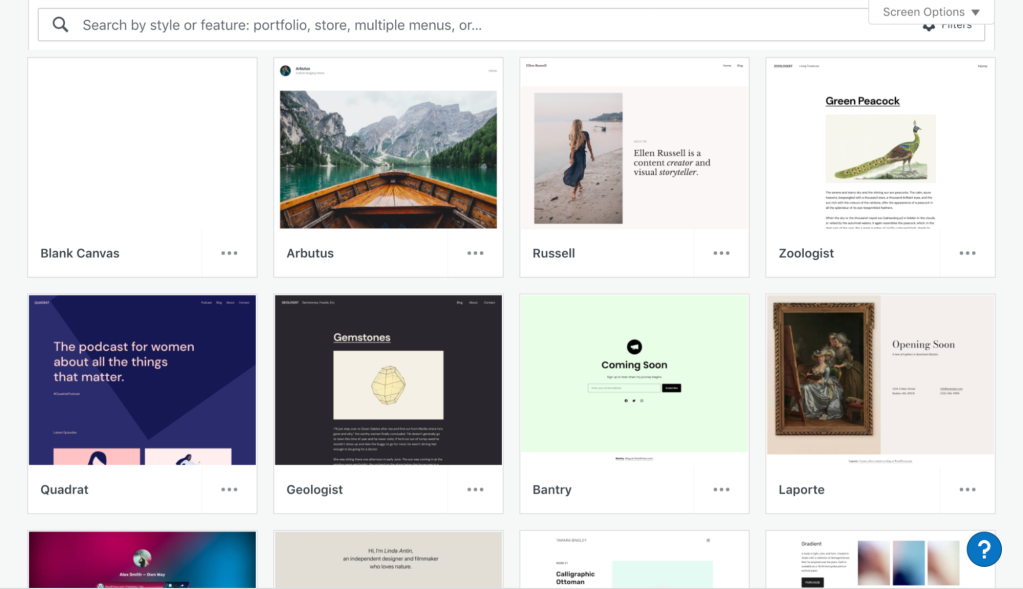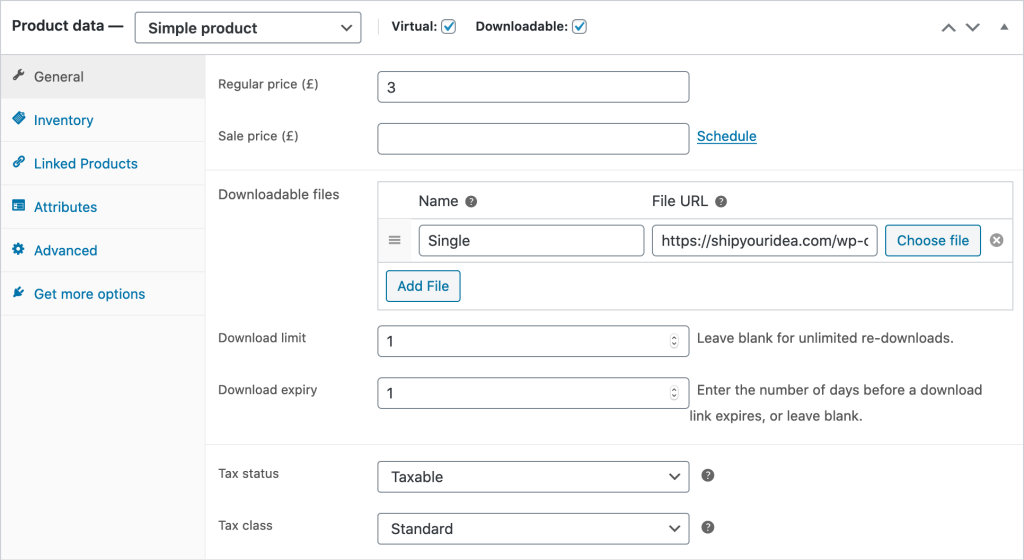The independent and self-published book market has grown substantially in the past decade, and that’s especially true related to eBooks. Digital publishing options did a lot to level the playing field for authors of all types — and you can level the field even more by selling your eBooks on WordPress.
Let’s say that you’re an experienced project manager who’s written an eBook about planning home renovations. If your book sells well, you plan to launch other DIY titles that help people plan and implement various types of projects.
You want to start selling your book fast and retain as much control as possible. And you also want to avoid middleman fees, such as those charged by Amazon or other eBook services.
Turns out, that’s easy enough to do with WordPress.com, the right knowledge, and a plugin or two. Check out the five steps below for how to sell an eBook online with WordPress.
Sell an eBook on WordPress.com
1. Select a theme
WordPress themes are collections of pre-built elements that make it easy to design your site. Most themes include options for font types, color schemes, and other elements so you can customize them to fit your personality or brand. There are a wide range of WordPress themes to choose from.

Here are a few great WordPress themes for booksellers:
- Independent Publisher 2. This streamlined, clean theme emphasizes your content and lets your eBook cover stand out. You can create a homepage, landing pages, or product pages for your book(s) and easily add social media buttons so readers can follow you elsewhere on the web, too.
- Afterlight. This monochromatic theme ensures your content stands front and center. But it also includes some features for visual impact, such as an optional full-screen background image.
- Exford. Tried-and-true typography and tons of customization options make this theme a good choice for creatives. Plus, it comes with numerous tutorials and instructions to help.
2. Choose a selling method
You’ll need a way to offer eBooks for sale and accept payments on your WordPress site. You can choose from two options to monetize your site:
Pay with PayPal button
The Pay with PayPal Button lets you get up and running quickly, so you can start selling eBooks right away. You can add the button to any post or page. It also lets you accept credit or debit card payments securely.
This option doesn’t support more advanced features, though, like recurring payments or shipping for any future physical products.
WooCommerce
If you’re selling multiple eBooks, are considering offering physical products, or just want a little extra functionality, WooCommerce is the way to go. It’s the eCommerce leg of WordPress and, without requiring any development knowledge, enables you to:
- Sell collections of physical and digital products
- Collect payments through a variety of popular methods (credit cards, Apple Pay, Google Pay, and more)
- Charge recurring fees for access to digital assets
- Increase your effectiveness with marketing tools like abandoned cart emails, up-sells, email marketing, and more
Learn more about selling digital products with WooCommerce.
3. Create your product pages
How you create product pages depends on the selling method you choose.
If you choose the Pay with PayPal Button, you’ll simply create a landing page for your eBook with a block for the payment button. You can use the block editor to add all the elements to your page, including text and images.
And if you blog regularly, you can promote the book within your posts and include a Pay with PayPal block, so people can make their purchase right there!
With WooCommerce, you’ll create a product page for your eBook. Learn more about handling downloadable products like eBooks via WooCommerce.

Either way, your eBook won’t sell itself without some compelling information, which can include, but isn’t limited to, the items below:
High-quality photos and images
Digital books still need covers. The cover identifies your product visually and makes it more appealing to potential buyers. Depending on the type of book you’ve written and your target audience, you can create a cover by:
- Using image tools like Canva
- Buying a premade cover from a graphic designer
- Hiring a designer to create something from scratch
Those options range from free to a few hundred dollars, so ensure you’re choosing a cover that falls in your budget and matches your goals.
Pricing
Make it clear how much the eBook costs, and include the price on the landing page.
The price of eBooks can range from less than a dollar to more than $50. To price yours, consider:
- Its length and the value it provides. Is your book an expert-level textbook on a complex topic? You can charge more than you might for an eBook that’s a basic overview.
- What competitors are charging. If everyone else in your industry is charging between $8 and $15 for an eBook, you may have a hard time getting people to pay $20.
- What your audience is willing to pay. Understanding your audience is important if you plan to sell your eBooks, and that includes knowing their budget and what they can afford (and are willing!) to pay.
Description
Book descriptions are different from other types of product descriptions. They should provide enough information for people to decide whether the book is right for them without giving away too much of the story. Consider including:
- A synopsis. This is what appears on the back of paperback books. It’s usually a couple of paragraphs that summarizes the plot or information without giving major points away.
- A free preview. Introduce potential readers to your writing style or the quality of your content with a couple of free pages or even an entire chapter.
- Book data. Ensure your product description includes details such as the number of pages, publishing date, author and illustrator name, and whether the book includes special content such as photographs, illustrations, or appendixes.
Reviews or testimonials
Social proof is important for sales. More than 90 percent of customers read reviews before making a buying decision.
Include quotes from reviews or testimonials demonstrating that readers have enjoyed your book or found it helpful.
One way to get reviews before you launch your eBook is to offer ARCs. ARC stands for advanced reader copy. These are copies of books authors or publishers offer some readers for free before making it available to the general public. In return, the reader provides an honest review.
4. Test your site
Once your site is set up, test all the functionality before you officially launch. Even if you’re just adding one product page to sell a new book, test it!
Test links to and from the page in question, checkout and payment processes, and whether the book downloads correctly. Make sure everything works on both desktop and mobile devices.
5. Market your eBooks
Marketing is a critical part of selling books yourself. While a good website and solid landing page can bring people to your site via search engine optimization, you can’t solely rely on that for books sales.

Here are some other marketing efforts to consider:
- Share content on social media. You can use the Publicize block to handle some social media marketing directly from WordPress. You can also create giveaways and other content leading up to the launch of your eBook to get people excited.
- Capture emails for marketing. Use the Mailchimp block to build a loyal list of subscribers. Whenever you have an eBook for sale, you can let them know about it.
- Consider paying for online advertising. Ads via Google or Facebook can help you connect with people interested in topics related to your eBook. You don’t need a huge budget to launch an online ad campaign, but you must spend some time conducting keyword research and know the demographics of your audience for the best results.
With all the tools described above, you can launch your books on your own, market them, and sell them without ever committing to contracts or paying fees to middlemen. If you have an eBook waiting to be shared with the world, consider selling it on a WordPress site now.

